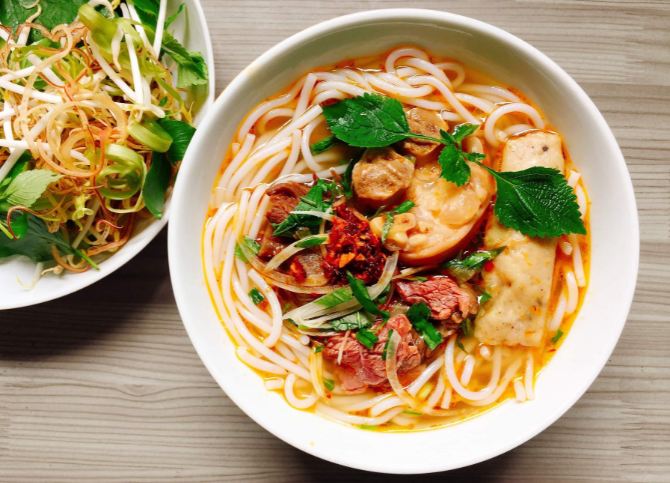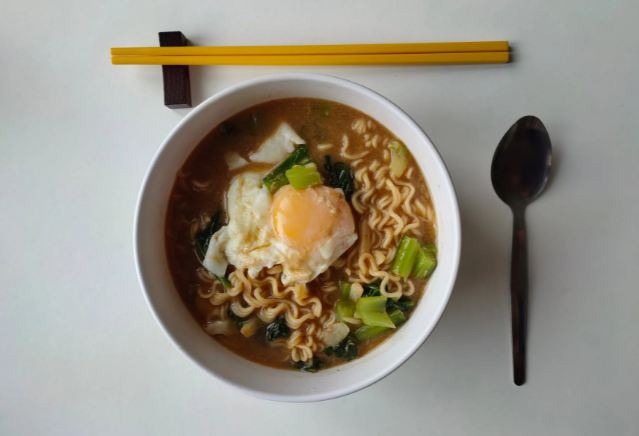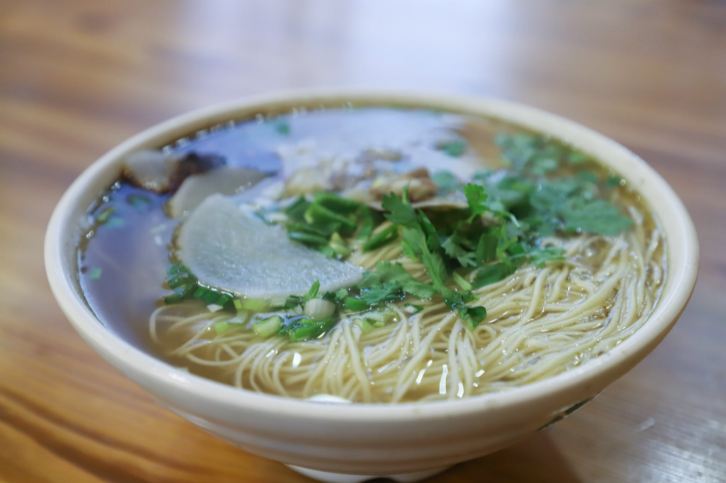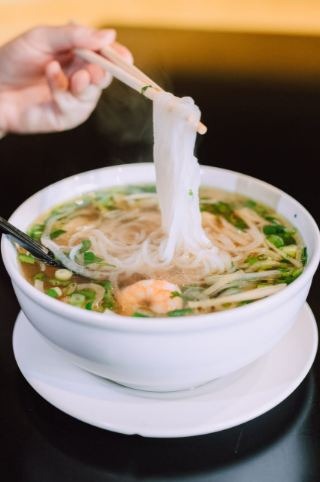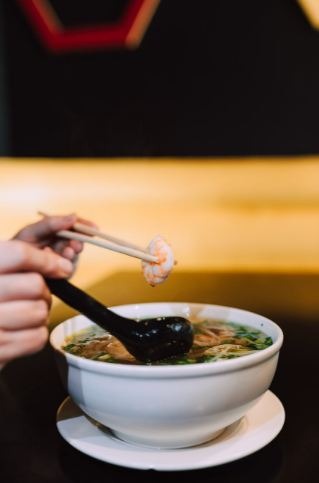Just like Japanese fashion trends, Japanese noodles are also known around the world. In Japanese, noodles are called “men,” and they are a staple of Japanese cuisines. Noodles in Japan are enjoyed with sauces, soups, and stir-fried salads.
Hop in this exciting and delicious journey and get to know several types of Japanese noodle soups!
Ramen
The most famous Japanese noodle soup is ramen, and almost everyone loves it. Ramen is a wheat-based noodle that is thin, curly, and yellowish in color. The dough is made up of salt, wheat flour, water, and alkaline water. The only feature that makes this dish better than the others is that dough is allowed to rise before it turns into noodles.
This dish is originated in China, where it is known as Chinese soba. The soup is often made of chicken, pork, sliced bonito, baby sardines, mushroom, and onions.
There are several types of Ramen soups. Tonkotsu soup is white in color and has a thick broth made up of pork bones. Shoyu ramen soup is considered to be basic as it is made with brown broth, stock, and a lot of soya sauce. Typical toppings for this soup are marinated bamboo, green onions, dried fish paste, eggs, and beans.
Shio ramen is another type of ramen soup that is light in color and has a light yellow broth made with stock and salt. The flavor is mild, and the noodles used in this soup are mostly straight than curled. Miso ramen is one of the most popular ramen noodle soups. It is popular because it is made up of commonly liked ingredients such as corns, sesame seeds, garlic, and cabbage which enhances the flavor of this dish.
Udon
One of the thickest noodles that you will get in Japan is Udon. This dish uses white noodles. One of the key features of this dish that makes it unique is that it is enjoyed with a dipping sauce that is either served individually or mixed with the broth soup. You can also have your noodles with green onions, which are thinly sliced, or with a piece of kamaboko.
There are several types of Udon noodle soups. Kitsune udon, also known as fox udon, is served with a topping of fried tofu slices. Tanuki Udon, also known as raccoon udon, is served with a topping of tempura batter flakes. Tempura udon, another form of udon, is topped with vegetables and seafood. Stamina udon is topped with several different toppings such as mocha, meat, vegetables, and eggs.
Yakiudon is dipped in soya sauce and is stir-fried. Its preparation is similar to Yakisoba. Udon is popular because of its use in various other dishes. In Nagoya, people mix udon with miso soup and make up a dish known as miso-nikomi udon.
Yakisoba
Even though it has the word soba in it, yakisoba is actually stir-fried wheat flour noodles instead of buckwheat noodles. The preparation of yakisoba is similar to ramen as the noodles are prepared with small pieces of vegetables such as onions, cabbages, and carrots. The dish is served with salt, pepper, and yakisoba sauce.
Toppings on this noodle soup are mostly of red pickled ginger and mayonnaise. You will find yakisoba mostly on various festivals, streets, and food stalls as it is common and delicious.
Soba

Noodles used in Soba are made up of buckwheat and wheat flour, but they are known as buckwheat noodles. If you consider yourself a celiac, make sure to look for pure buckwheat noodles that are hard to find in Japan, and there are only some noodle soups such as Soba, which are made up of pure buckwheat noodles.
Several varieties in Soba noodle soups are similar to udon and range from chilled soups to serving a hot bowl of soup. Zarusoba is served chilled on a bamboo tray and comprises green onions and seaweed. A dipping sauce is also given to satisfy your tastebuds.
Most people do not enjoy the soup left behind after finishing their noodles, but when it comes to Soba, people don’t just finish the noodles, but they also enjoy the soup afterward as well. The water left behind the soba is known as sobayu, which most soba eaters adore.
Toppings popular in soba noodles are puree of yamaimo for cold soba and tempura for hot soba. Soba is a dish that most people have on New Year’s Eve in Japan. It is now evolved to become a traditional dish for people to have on New Year’s Eve. This tradition is known as Toshikoshisoba.
Somen
These thin white wheat flour noodles are served cold. They are served warm in winter and cold in summer. The serving style is very simple. When ready in tsuyu, they are chilled on ice. A sauce is served with it, known as katsupobushi, which includes onions and Japanese ginger.
Most people have a fun time eating this noodle soup in summer as the noodles are placed in long bamboo flumes, which attract the eater. The unique style in which this dish is served plays a significant role in its popularity.
Shirataki
Shirataki is considered a weight-loss dish and has become popular inside and outside of Japan. It has minimal calories; thus, it is highly beneficial for people trying to lose weight.
These thin noodles are mostly made up of yam or other ingredients which are high in fiber while being low in carbohydrates and calories. The preparation of these noodles is very straightforward; that is why it is made and served within no time. This noodle soup can be prepared similarly to most noodles and is mainly used in stewed dishes.
Hiyamugi
Hiyamugi is thicker than somen and thinner than udon but is similar in terms of size to both. It is served similarly to udon or somen, but the only difference between this dish and others is that the noodles are not always served white. Sometimes, the color of noodles is either pink or green. Hiyamugi are wholewheat noodles with a diameter between 1.3 to 1.7 mm. One millimeter thicker and it turns into udon, and one millimeter thinner and it turns into somen.
Harusame
These are glass noodles made up of potato starch in Japan. It is primarily used in hot pot dishes and salads. This dish is commonly found in Japan in terms of glass noodles.
Conclusion
Take your tastebuds on a joy ride, and be sure to try almost all of these dishes if you are planning on going to Japan. Even if you don’t, you can easily learn how to make these dishes at home by watching videos on the internet.

